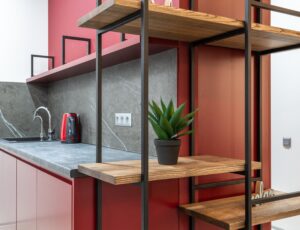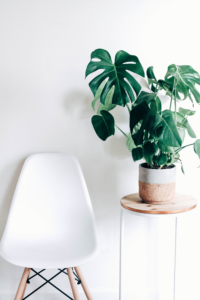What is Slow Living?
Technology has intertwined with every aspect of our work and personal lives. News, information, and conversations are available at our fingertips, and our normal way of doing things involves being connected 24/7. To balance the demands of everyday life, we may often get into a cycle of going about our days on autopilot. After working long hours, we turn to distractions after the workday and continually cycle through the same motions.
Slow living encourages us to adopt a mindset of “quality over quantity” and to do tasks well instead of fast. Essentially, we go through each day by being present and do things mindfully and with intention.
How Can it Be Helpful?
Slow living can encourage us to examine elements of our lives – such as our jobs, personal lives, and phones – and focus on what matters most. If we feel overwhelmed, we can find tranquility in eliminating unnecessary distractions and prioritizing our wellbeing. Slow living is about pacing ourselves and looking at the long-term view of our lives and our surrounding environment. Instead of pushing ourselves to remain on and multitask to the point of exhaustion, we focus on one task at a time and appreciate how our actions contribute to our future emotional and physical wellbeing.
How to Get Started?
Slowing down is not about leading a more boring life. It simply involves making each day fulfilling as much as possible while prioritizing our mental health in the process. A few ways to start a slow living lifestyle can involve:
Eating mindfully – instead of watching a show or staying at your computer as you eat, try making time to sit down and focus on your meal solely. As you eat, think about the flavours you’re tasting, how it was produced, and where it came from.
Connecting with nature – spending time outside can bring a multitude of health benefits. You don’t have to go to a national park to connect with the outdoors. The next time you take a walk down the street, take the time to notice aspects of nature you might have overlooked, like plants in a planter on the sidewalk or a street tree against the side of the road. While you’re out in nature, try to notice the sounds, smells, and sights associated with where you are, and practice forest bathing.
Designating boundaries for technology – if possible, consider setting a time for when you stop answering work emails or complete work tasks. Think about social media’s impact and consume all content mindfully. Remember to take breaks if you feel a constant need to keep up with what you see. In this time, connect with what is in front of you by discovering a hobby you can return to.
Connecting with others – think of ways you can make deeper connections with those in your life. Make time to reach out to people that are important to you and pay attention to the conversations you have. Instead of always waiting your turn to speak, focus on listening and responding in an empathetic and meaningful way.
Giving yourself time – slow living is primarily about allowing yourself time to enjoy your day and following a simpler routine that minimizes what is unnecessary in life. As you begin a journey of slower living, acknowledge that it is like planting a seed and reaping the rewards as time passes.






